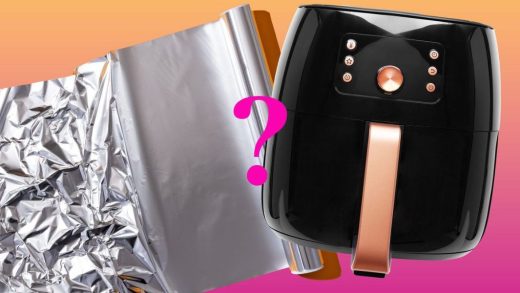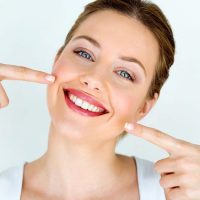Do you find yourself becoming sick of those annoying bags beneath your eyes that appear to have made their home there permanently? Try not to worry; you are not the only one. Having bags under the eyes can be a source of frustration; however, the good news is that there are techniques to treat and even prevent them from occurring.
The purpose of this essay is to delve into the world of under-eye bags, investigate the factors that contribute to their appearance, and provide you with actionable remedies that will assist you in regaining a more young and revitalized appearance.
Is It Possible to Get Rid of Under-Eye Bags?
One of the most pressing concerns that many people have is whether or not bags beneath the eyes can actually disappear. There are several aspects that influence the answer, such as heredity, lifestyle, and age, which might make it difficult to provide a concise response.

Bags under the eyes that are mild and caused by causes such as a lack of sleep or transient fluid retention may disappear with the right kind of care and by making adjustments to one’s lifestyle. More noticeable bags, which are frequently brought on by factors like as aging and the loss of skin elasticity, may, on the other hand, call for more intensive interventions in order to be completely eliminated.
What is the cause of bags under the eyes?
A number of different factors can be responsible for the appearance of bags under the eyes, which are sometimes referred to as periorbital puffiness or eye bags. It is essential to have a thorough awareness of these causes in order to successfully address and manage these bags.
- High Salt Diet: Consuming a diet that is rich in sodium can cause water retention in the body, particularly the delicate tissues that surround the eyes. This can be a problem for people who have low salt intake. These under-eye bags might become more noticeable as a result of the swelling and puffiness that can be caused by retained water.
- Allergies: Under-eye puffiness can be made worse by allergic reactions, which can cause inflammation and congestion in the nasal passages and sinuses. This inflammation and congestion can extend to the sensitive skin around the eyes, making the condition much worse.
- Medical Conditions: Certain medical diseases, such as thyroid disorders, have the potential to disrupt the healthy balance of fluids inside the body, which can lead to swelling in the area around the eyes.
- Genetics: Bags under the eyes can be a hereditary feature, which means that they may be passed down from generation to generation. The structure and flexibility of the skin, as well as the distribution of fat around the eyes, can be influenced by genetic factors, which can contribute to the formation of eye bags.
- Natural Aging Process: The natural process of aging is the gradual loss of elasticity and firmness of the skin and muscles around the eyes as we enter our later years. As a result of this weakening of tissues, fat deposits are able to move forward into the lower eyelids, which results in an appearance that is characteristic of puffiness or swelling. Additionally, fluid can build in the area around the eyes as a result of impaired lymphatic drainage and circulation, which is another factor that contributes to puffiness.
- Failure to Get Enough Sleep: Sleep deprivation can lead to fluid retention and inflammation, which can make under-eye bags more prominent. It is also possible that not getting enough sleep hinders the body’s ability to repair and rejuvenate skin cells, which in turn makes the appearance of dark circles and puffiness worse.
- Smoking Tobacco: Smoking can have negative effects on the health of the skin, including the acceleration of the breakdown of collagen and elastin fibers, which are crucial for preserving the flexibility of the skin. It is possible that this will lead to the development of wrinkles and bags beneath the eyes.
- Fluid Retention: Fluid retention, which can happen after waking up or after eating salty foods, can cause temporary swelling and puffiness around the eyes. This can be frustrating for people who have sensitive skin.
The presence of persistent or severe swelling that is accompanied by pain, itchiness, redness, or other symptoms may indicate an underlying medical issue and should be evaluated by a healthcare professional, such as an ophthalmologist. It is important to note that under-eye bags are typically harmless and primarily a cosmetic concern. However, it is important to note that these symptoms may indicate an underlying medical issue.
Remedies to Cure Eye Bags
Cold Compresses: Applying cold compresses to the eyes can help reduce inflammation and swelling by constricting blood vessels and reducing the amount of blood that flows to the area. This can be performed by placing a cold object over closed eyelids for a few minutes. Some examples of such objects include an ice pack, a frozen bag of vegetables, chilled cucumber slices, or spoons that have been refrigerated. By causing blood vessels to constrict and briefly tighten the skin, the freezing temperature contributes to a reduction in the appearance of puffiness over the face.
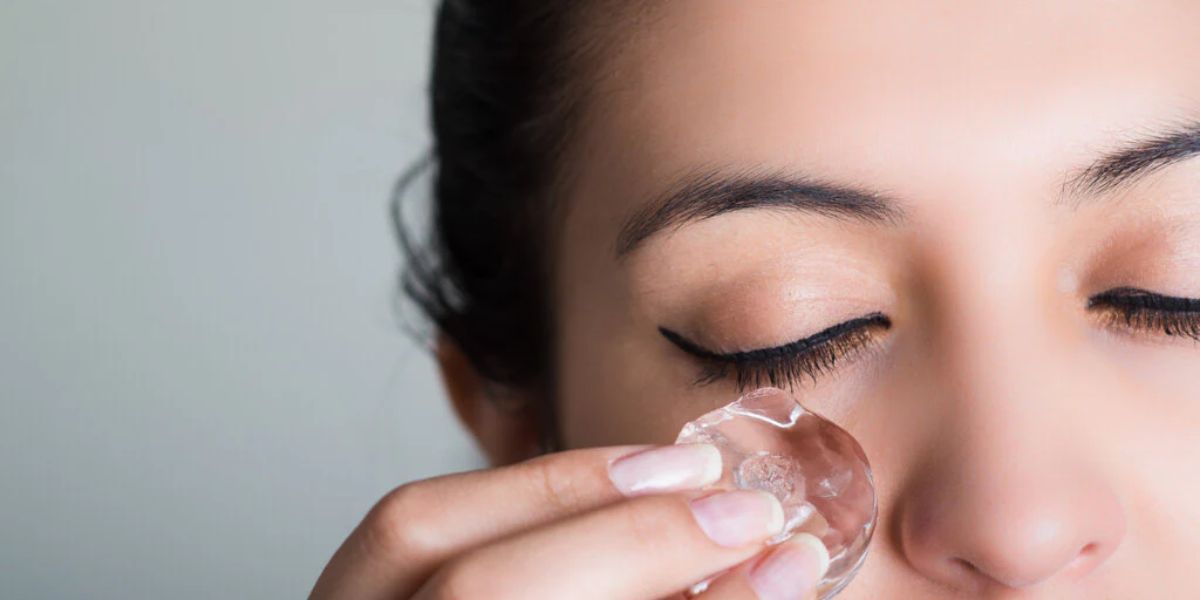
Hemorrhoid Creams: In order to lessen the appearance of puffiness under their eyes, some people apply hemorrhoid creams that are available without a prescription. Some of the substances that are commonly found in these creams include phenylephrine, which is a vasoconstrictor that lowers swelling and narrows blood vessels. On the other hand, it is absolutely necessary to use these products with extreme caution because they have the potential to irritate or aggravate the sensitive skin that is located around the eyes. A further precaution that needs to be taken is to make sure that the cream does not come into contact with the eyes.
Caffeine: Caffeine is a natural vasoconstrictor, which also means that it has the power to narrow blood vessels. Caffeine is an active ingredient that is used in a variety of cosmetic products, including eye creams, and it is widely used to help reduce puffiness around the eyes. In addition, placing iced tea bags, particularly those that include caffeinated black tea, over closed eyes can give a calming and cooling effect while also giving the advantage of caffeine to decrease puffiness. This is especially effective when the tea bags contain caffeine.
Proper Sleep: In order to maintain overall health and well-being, including the health of the skin, it is essential to get the recommended amount of sleep each night. Sleeping for seven to nine hours per night is what the majority of experts recommend. The body, particularly the skin, is able to heal and regenerate itself while individuals are sleeping. Insufficient sleep can be a contributing factor in fluid retention and inflammation, which can exacerbate the appearance of under-eye bags and puffiness.
Sleep Position: Sleeping with the head slightly elevated will help prevent fluid from gathering around the eyes while you are sleeping, which in turn reduces the likelihood that you will wake up with puffy eyes. It is possible to accomplish this by elevating the head of the bed by a few inches or by using an additional cushion to raise the head.
Consumption of Fluids and Diet: If you want to prevent fluid retention overnight, which can lead to under-eye bags and puffiness, you should avoid consuming an excessive amount of fluids before going to bed and limit the amount of salt you consume in your diet.
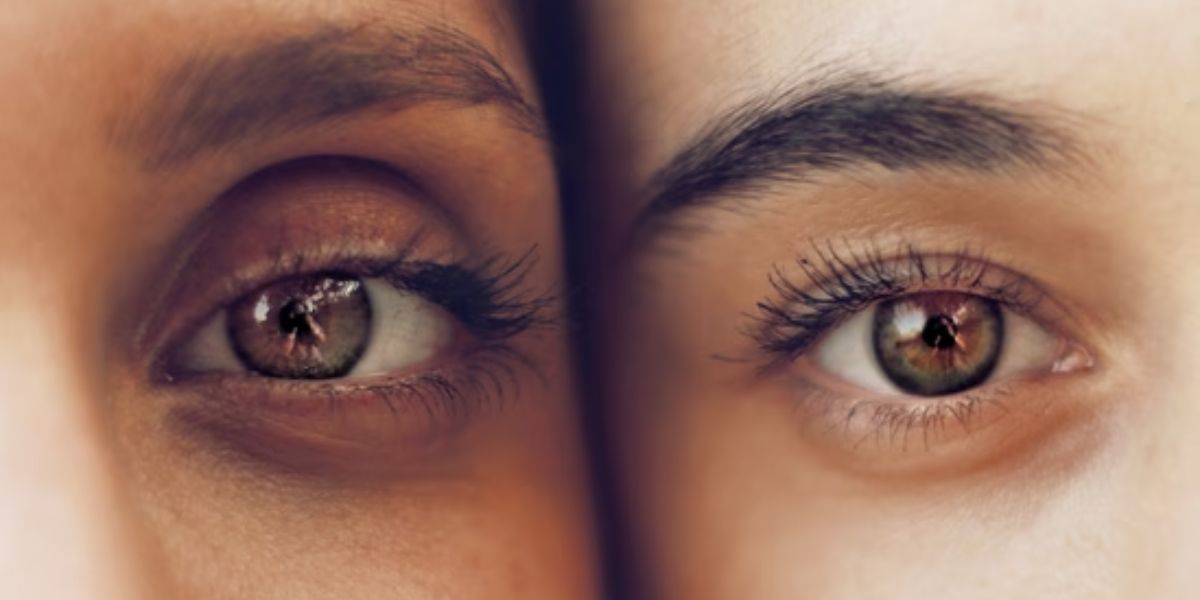
Quit Smoking: It is important to quit smoking since smoking can hasten the loss of collagen and contribute to the thinning of the delicate skin around the eyes. This can make blood vessels more visible and exacerbate the appearance of bags under the eyes. When you quit smoking, you may help protect the health of your skin and lessen the likelihood of getting bags under your eyes.
Allergy Management: Allergic reactions can make under-eye puffiness worse by causing inflammation and congestion in the nasal passages and sinuses. This can be managed by allergy management. Under-eye puffiness can be reduced by helping to manage allergy symptoms and avoiding the factors that cause them. The use of allergy drugs in accordance with a doctor’s prescription and the avoidance of excessive rubbing of the eyelids, which can further irritate the sensitive skin surrounding the eyes, are also examples of this.
Use sunscreen every day: Protecting your skin from the sun’s rays can help with a variety of dermatological disorders, including Premature aging, skin cancer, and discoloration.
The American Academy of Dermatology Association recommends that everyone wear sunscreen. Broad-spectrum sunscreens protect against both UVA and UVB radiation. The Association suggests using a solution with an SPF of 30 or higher that is also water resistant. Reapply as needed or suggested per the package instructions.
To prevent the sun’s harmful rays, you can do: sit in the shade, wear protective clothes, avoid tanning beds, and exercise caution while near water, snow, or sand.
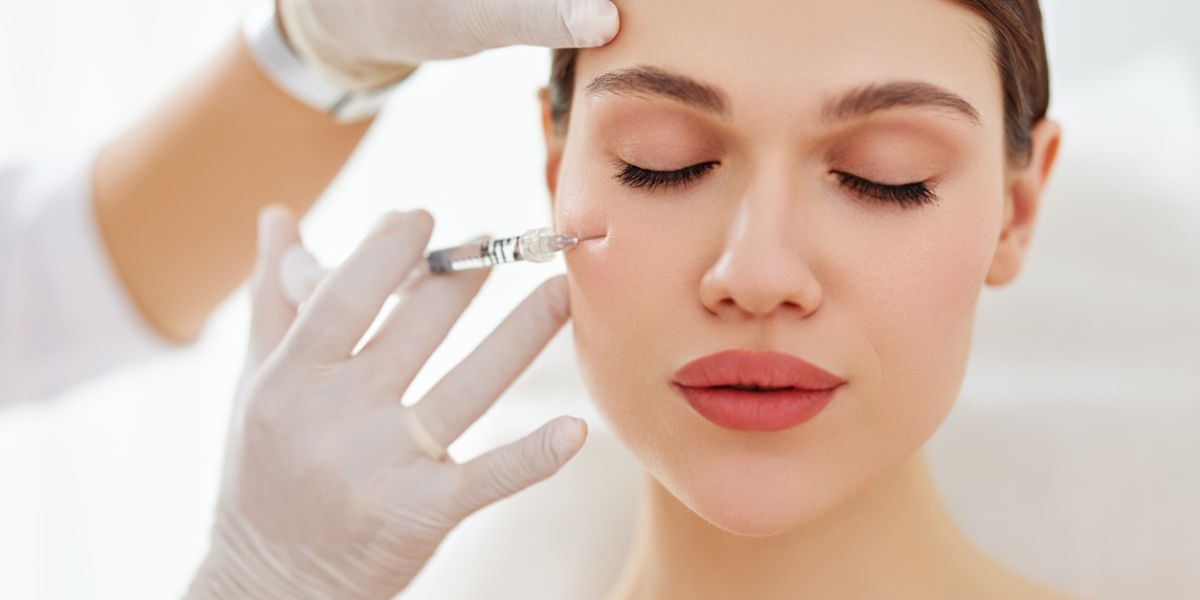
Filler injections: In this they insert a gel-like substance, usually hyaluronic acid, into the under-eye area where the skin meets the cheek. This contributes to a smoother transition between the lower eyelid and the cheek, decreasing the appearance of hollows or shadows that cause under-eye bags.
To avoid discomfort, the injections are usually given in a doctor’s office while under local anesthesia. Filler injections can produce results that last six to twelve months, depending on individual metabolism and the type of filler utilized. Hyaluronic acid fillers are gradually absorbed by the body, therefore more treatments may be required to maintain the desired effects.
Laser Resurfacing: It is a non-invasive cosmetic surgery that removes damaged or wrinkled skin in the under-eye area. Laser resurfacing encourages the synthesis of new collagen by carefully targeting the treatment region, giving you firmer, smoother skin with better texture and tone.
To avoid discomfort, the operation is usually performed in a doctor’s office or a medical spa using local anesthesia or topical numbing ointment. Laser resurfacing can provide long-term results, particularly when accompanied by adequate skincare and sun protection. Individual outcomes may differ depending on skin type, sun exposure, and lifestyle choices.
Chemical Peel: A chemical peel is a cosmetic technique that uses a chemical solution to remove damaged or wrinkled skin cells. This procedure increases cellular turnover and collagen formation, resulting in smoother, firmer, and brighter skin. Chemical peels can be adjusted to address specific skin issues, such as under-eye wrinkles and textural imperfections.
The operation is usually done in a dermatologist’s clinic or a medical spa, under the guidance of a skilled skincare specialist. Depending on the depth and severity of the chemical peel, the effects can endure for several years, with changes in skin texture and tone becoming more noticeable with time. To maximize benefits and reduce the risk of problems, follow post-treatment care recommendations and limit sun exposure.
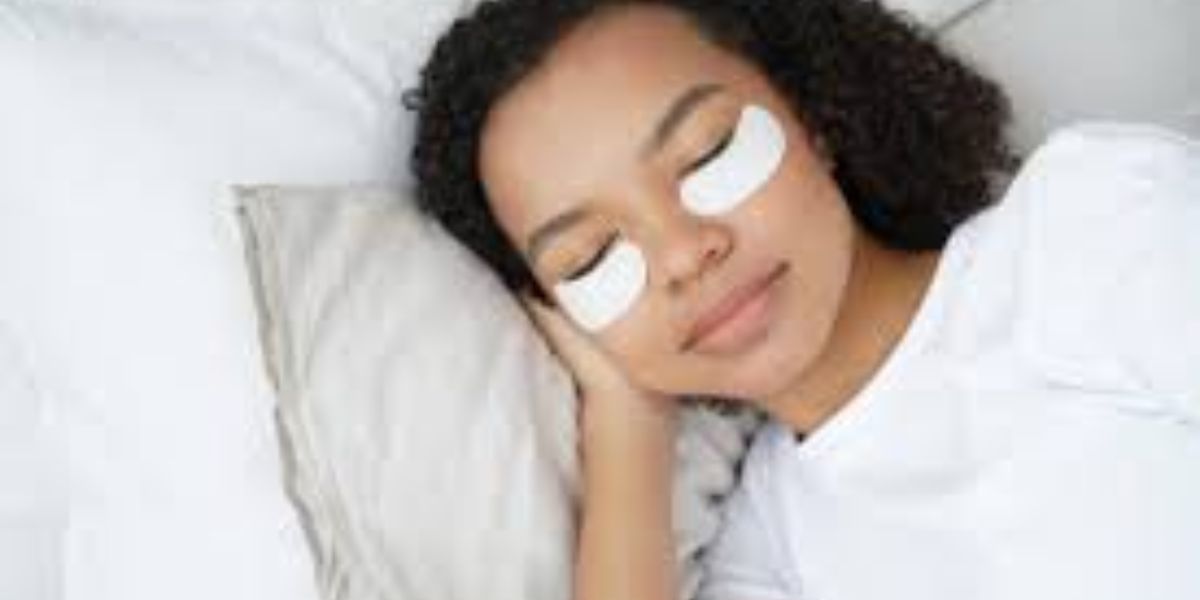
Surgery on the eyelids: Eyelid surgery, also known as blepharoplasty, may be an option for treating bags beneath the eyes, depending on the underlying cause of the condition. Blepharoplasty, pronounced BLEF-uh-roe-plas-tee, is a surgical technique that involves the removal of extra fat from the eyelids by means of an incision made in the natural crease of the upper eyelid or inside the lower lid.
Your surgeon will customize the surgery to your specific anatomy and requirements. In most cases, the treatment is performed in an outpatient environment under the influence of a local anesthetic.
Blepharoplasty can treat a number of other things in addition to correcting bags under the eyes:
- Upper lids that are sagging or swollen
- An excessive amount of skin on the upper eyelid that causes a disruption in your eyesight
- Lower eyelids that are droopy, which makes it possible for white to appear below the iris, which is the colorful area of the eye
- A surplus of skin on the lower eyelids
It is possible for individuals to effectively minimize under-eye bags and puffiness and get a more rejuvenated and youthful appearance by adopting these tactics into their everyday routines. It is vital, however, to contact a healthcare practitioner if the puffiness beneath the eyes is chronic, severe, or accompanied by other symptoms. This is because it may be an indication of an underlying medical condition that requires further assessment and treatment.



